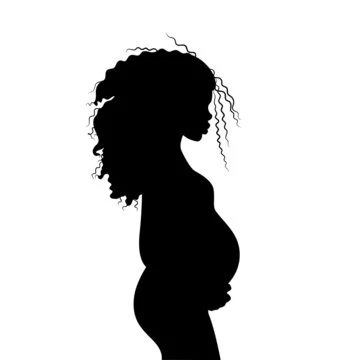Let’s be candid: I never discussed the traditional narrative of Thanksgiving with my children. As a homeschooling parent, I had the freedom to choose what they learned, and I opted to bypass the typical Pilgrim story—the one where the English settlers gather around a turkey dinner with Native Americans. My kids have never crafted black construction paper hats or paper feathers, nor have they been taught the conventional tale of Squanto, the man who supposedly saved the settlers by teaching them farming techniques. We sidestepped all the Mayflower mythology, and I feel fortunate for that.
I wasn’t vague or apologetic about my choice; I laid it out plainly. I understood that the truth is often uncomfortable. Instead of perpetuating a sanitized version of history, I told my sons the harsh reality: we systematically displaced Indigenous peoples in America. This land was already inhabited by diverse cultures, rich with their own dreams and aspirations. When the Pilgrims arrived, they mistakenly perceived the ravaged land—decimated by diseases brought by earlier explorers—as a divine gift from God. Many native villages had been wiped out, leaving behind fields and homes for the settlers to claim.
You can empower your children with the truth as well. It doesn’t require much effort; it just takes a commitment to face uncomfortable realities.
Engage with Educators
Start by communicating with your child’s teachers. Understand what lessons they are sharing about Thanksgiving. If the information presented is misleading, don’t hesitate to express your concerns. Keep in mind that the teacher might not even be aware of the inaccuracies in the Thanksgiving narrative, so approach them kindly. Suggest resources like articles about the Wampanoag tribe and lesson plans that provide more accurate historical perspectives.
Avoid Harmful Stereotypes
It’s crucial to ensure that the curriculum avoids perpetuating damaging stereotypes. Dressing children as “Indians” is both insensitive and derogatory, often referred to as redface—an offense comparable to blackface. Furthermore, it’s essential to recognize that the Thanksgiving story involved a specific group: the Wampanoag tribe and their leader, not a monolithic “Indian” figure. Each native culture possesses its unique history and traditions. Squanto’s assistance to the Pilgrims stemmed from his own tragic experiences of being kidnapped and enslaved in England, which allowed him to communicate with them. Additionally, while some Pilgrims sought religious freedom, many others were driven by economic gain, highlighting the hypocrisy of celebrating America as a bastion of religious tolerance.
Discuss the Reality of Native Peoples
There’s no need to detail the ongoing cultural genocide inflicted upon Indigenous peoples here, but it’s important to mention key issues such as land dispossession, forced relocation to reservations, and the lasting impacts of poverty and addiction. My children don’t find these discussions extraordinary; rather, they’re part of our ongoing conversation about American history. We engage with documentaries about contemporary life on reservations and participate in local cultural events. We explore their arts and traditions, ensuring that we confront this part of our history without glossing over it.
Explore Authentic Native Cultures
Instead of celebrating Thanksgiving with Pilgrims, we dedicate November to learning about Indigenous cultures across the country. Each tribe is distinct, with their own histories and practices. We delve into the stories of the Wampanoag, Apache, Sioux, Cherokee, and Catawba, focusing on the tribe that historically inhabited our area.
Celebrate Thanksgiving as Family Togetherness
You don’t need to overhaul your Thanksgiving traditions—unless you’re waving flags or engaging in other forms of nationalism. The original Thanksgiving was a shared feast between the Pilgrims and the Wampanoag, meant to celebrate the harvest rather than serve as a religious observance. They may not have feasted on turkey, cranberry sauce, and mashed potatoes, but they did celebrate for an entire week—a detail that could bring some historical accuracy to our modern festivities.
In conclusion, it’s vital to educate our children about the true history of Thanksgiving. This includes recognizing the complexities of Indigenous cultures and the impact of colonization. Our approach to this holiday can be an opportunity to foster understanding and appreciation for the rich tapestry of American history.
For more insights on navigating these conversations, check out this blog post. If you’re also interested in practical resources for family planning, visit CryoBaby for at-home insemination kits. Additionally, Hopkins Medicine offers excellent information on fertility and home insemination services.

Leave a Reply